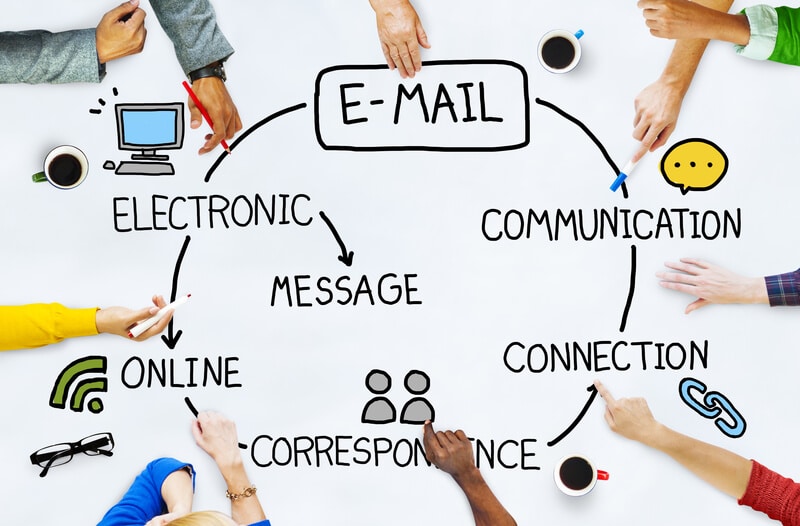
“You should come in for an exam. TN”
If this communication doesn’t make sense to you, don’t worry, you aren’t alone. This is a real and “complete” email that my husband received from his primary care physician earlier this year (just a note, her initials are TN and that is how she signed the email). We were both left scratching our heads trying to decipher the meat and potatoes of the note— “Does this mean my concern is a bigger deal than we realized? Is this a standard reply? What about all of the questions that I asked in my original email?”
It really struck a chord with me about electronic communication between patients and providers.
A few weeks ago, Janiece wrote about an awesome experience she had with a physician related to receiving discharge instructions. But what happens next? In today’s technological world, we are able to keep the lines of communication open with our providers through direct email, a patient portal, or some other way. But what does that mean for the provider or the patient?
What do patients want? (Translation: What did my husband really want from his doc?)
I know that when my husband received the email above, it led to more confusion for him (and me). He thought he would be able to receive basic answers to several questions from a provider he has seen annually for nearly 10 years, but upon receiving the email, he was left with even more questions. Explaining clearly in written form is just as important, if not more important for providers than explaining in person. Moreover, these explanations should match, or be clarified as to why there are differences between discharge instructions and email follow-up.
Some other things most patients want from email and electronic communication:
- Privacy
- Courtesy and respect: Addressing the patient by name and signing their name as the provider
- Confidence that the provider knows the patient even without being face to face.
What can providers do to improve electronic communication?
Although an email or electronic communication via a portal with a physician isn’t likely to be an emergency situation, patients still want a response in a timely manner. While it’s great to be accessible, that accessibility can lead to frustration if patients don’t feel that their concerns are being addressed or that their email may have disappeared into the black abyss of the internet.
Providers should acknowledge a patient’s email or electronic communication as soon as possible. The email response above was received after my husband sent a follow-up “just checking-in” email almost a week after his initial email. An idea to try would be to establish a practice standard for replying to patient emails. For example, acknowledge all patient emails within 48 hours. Take it one step further and set up an auto-reply that acknowledges receipt of the email, explains the practice policy to reply within a certain amount of time, and encourages the patient to call if they require a more immediate response.
On the flip-side of this: email might not be the best way to reach your patients (or for them to reach you). If they initiate an email, go ahead and take their lead, but don’t use email as your primary mode of communication with your patients unless you are sure that they will read and understand the email. It is also okay to tell patients that email is not the best way to reach you – set realistic expectations.
Address the patient’s questions and use non-medical jargon to explain in emails just as you would in-person. Providers should do their best to anticipate questions from patients or else the email exchange could go on for many messages and become even more confusing. Above, my husband didn’t feel that any of his questions were addressed and that led to even more questions and concerns.
Demonstrate courtesy and respect to the patient by acknowledging that you know with whom you are communicating. Make a social comment, use their name, but remember you aren’t catching up with an old friend. A quick statement and then on to business at hand. For example:
Hi Pamela,
Hope you had a great time on vacation. I reviewed your questions and while I don’t think there is a reason for concern, the best next step would be for you to come in for an exam. Please call our office to schedule.
Thanks, Dr. Last Name
To protect patient privacy, you can always reply to a patient email asking to arrange a time to discuss over the phone. Email isn’t always the best option, and it’s ok to find a better way to connect.
Basic Email Etiquette
All pieces of advice you’ve heard about email etiquette that are not specific to the medical industry also apply. A greeting and signature should always be included. This article from Entrepreneur Magazine is a great resource for basic email etiquette: https://www.entrepreneur.com/article/272780.
What are your policies about patient emails? Do you have a great process that works really well? Share them with us in the comments below.
